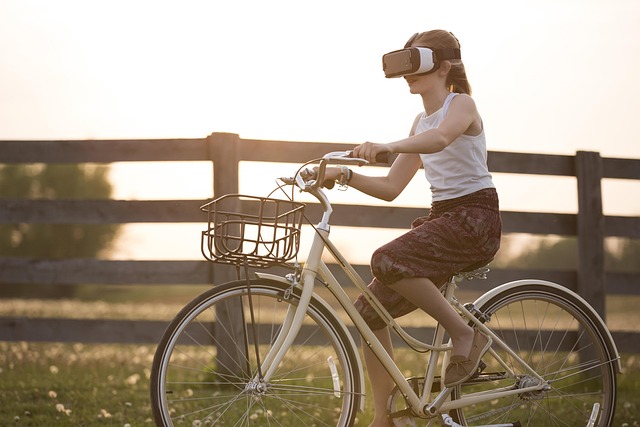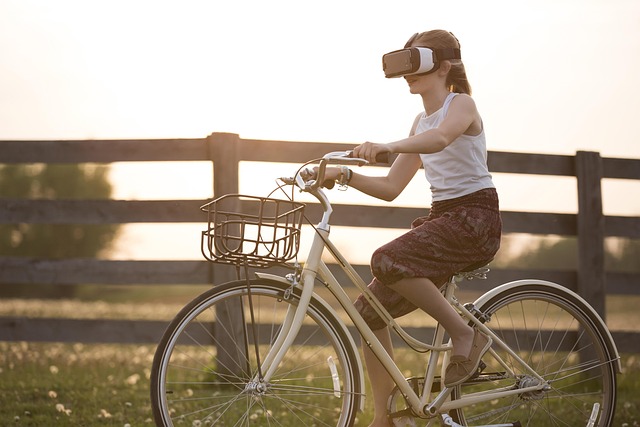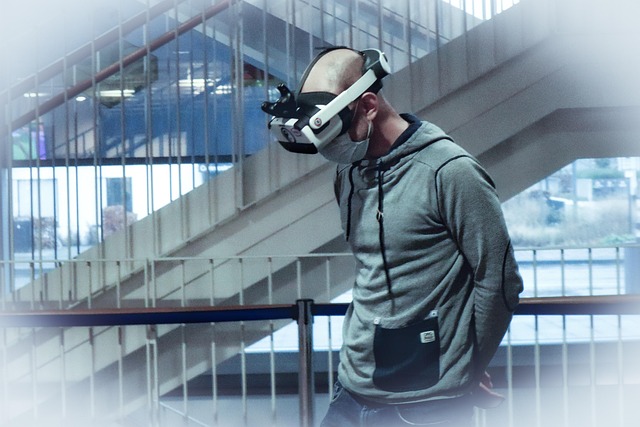Immersive Interactions: Exploring Virtual Reality in the Metaverse
In recent years, virtual reality (VR) has transcended its status as a mere novelty, emerging as a transformative force in the realm of immersive interactions. The concept of the metaverse—a shared virtual space that blends physical and digital realities—has captured the imagination of tech enthusiasts, gamers, and casual users alike. Imagine strapping on a headset and instantly finding yourself in an expansive, photorealistic world, where your only limitations are your imagination and the confines of technology.
The experience of virtual reality goes beyond entertainment; it offers a sense of presence like no other medium can. Whether you’re attending a concert with friends scattered around the globe, exploring an ancient city, or participating in a training program, the immersive quality of VR allows for profound interactions that can mirror or even enhance real-life experiences. The lines between the digital world and our physical surroundings blur, creating opportunities for social connections that resonate deeply.
Augmented reality (AR), on the other hand, complements VR by layering digital content onto our physical environment. While VR transports you entirely into a digital domain, AR enriches your real-world experiences by integrating digital elements. Imagine walking through your neighborhood and seeing virtual art installations, historical characters animated through your device, or helpful navigation indicators guiding your way. The potential of AR within the metaverse drives creativity and innovation, allowing users to engage with their surroundings in entirely new ways.
As we embark on this journey into the metaverse, the fusion of virtual reality and augmented reality sets the stage for limitless possibilities. Gaming has already taken significant steps into this new frontier, with platforms offering immersive gameplay and virtual communities. Virtual reality gaming brings players together in shared environments, creating camaraderie and competitiveness that mirror real-life interactions. Imagine teaming up with friends, navigating through fantastical realms, strategizing over voice chat, and feeling the thrill of virtual victories together.
Beyond gaming, the applications of virtual reality and the metaverse extend into education, healthcare, architecture, and beyond. Students can partake in history lessons that place them in the middle of historical events, while professionals can simulate real-world scenarios for training purposes. The medical field harnesses VR for simulations that help train surgeons or alleviate anxiety in patients. Architects bring their designs to life, allowing clients to walk through a building before it’s even constructed.
The sense of presence offered by virtual reality fosters a level of empathy and understanding that is often hard to achieve through traditional mediums. As we traverse different virtual landscapes, we’re not just observing—we’re participating and creating. The ability to shape these environments gives users a sense of ownership and agency, fostering deeper connections with the digital worlds they inhabit.
As we explore this engaging landscape of the metaverse, we must also consider the implications of our virtual interactions. Privacy, data security, and the psychological impacts of spending extended periods in immersive environments are essential topics that need addressing. Striking a balance between embracing the benefits of virtual reality while ensuring a healthy interaction with technology will be key as we move forward. Furthermore, as these technologies mature, inclusivity and accessibility must be at the forefront of development, allowing everyone to experience the magic of the metaverse.
In the end, the adventure into the metaverse through virtual reality is just beginning. The excitement that comes with the exploration of new realms, the potential for innovative interactions, and the sense of community that emerges from shared experiences are reshaping how we connect with one another. The future looks promising, as we stand on the brink of an entirely new way of interaction that feels as real as it is virtual.




